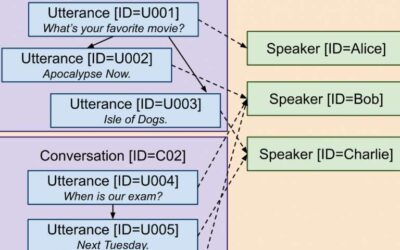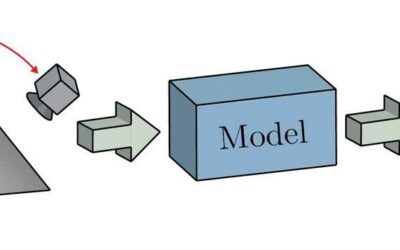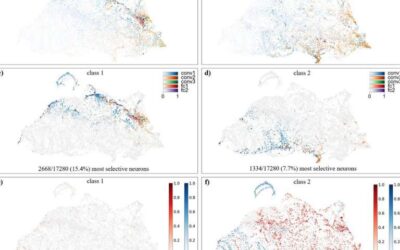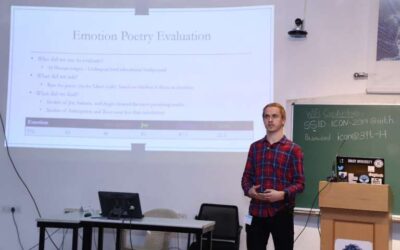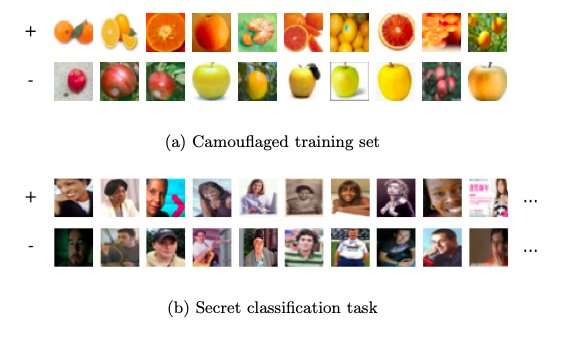In recent years, researchers have developed increasingly advanced natural language processing (NLP) techniques that can be trained to process, interpret and respond to sentences in human languages. In addition, some have developed toolkits that can guide researchers...
Computer Sciences
A model that estimates tactile properties of surfaces by analyzing images
The ability to estimate the physical properties of objects is of key importance for robots, as it allows them to interact more effectively with their surrounding environment. In recent years, many robotics researchers have been specifically trying to develop...
Creating chatbots with multiple conversational skills
In recent years, chatbots have become increasingly sophisticated, and they now provide basic assistance to humans on a variety of online platforms, including Facebook and a number of e-commerce sites. So far, chatbots have typically been designed to excel at one...
A system to produce context-aware captions for news images
Computer systems that can automatically generate image captions have been around for several years. While many of these techniques perform considerably well, the captions they produce are typically generic and somewhat uninteresting, containing simple descriptions...
FLIVVER: An insect-inspired algorithm to estimate the velocity of flying robots
Nature is one of the most valuable sources of inspiration for researchers developing new robots and computational techniques. For instance, in recent years, research teams worldwide have tried to artificially replicate the behaviors observed in insects and the...
Investigating the role of different neurons in artificial neural networks
Over the past decade or so, researchers worldwide have been developing increasingly advanced artificial neural networks (ANNs), computational methods designed to replicate biological mechanisms and functions of the human brain. While some of these networks have...
A flower pollination algorithm for efficient robot path planning
Over the past decade or so, researchers worldwide have developed increasingly advanced techniques to enable robot navigation in a variety of environments, including on land, in the air, underwater or on particularly rough terrains. To be effective, these techniques...
Comparing Western and Chinese classical music using deep learning algorithms
Deep learning techniques are proving to be extremely useful for analyzing all kinds of data, ranging from images to text, online posts and audio recordings. These techniques are designed to identify patterns in large datasets, separate items in different categories...
A language generation system that can compose creative poetry
Over the past few decades, researchers have developed increasingly advanced artificial intelligence (AI) tools and computational techniques that can be applied in a variety of settings. Among these, techniques that can generate written or spoken language have...
A new approach for steganography among machine learning agents
Researchers at the University of Wisconsin-Madison and Amherst College have recently introduced a new form of steganography in the domain of machine learning called "training set camouflage." Their framework, outlined in a paper pre-published on arXiv, allows a...

